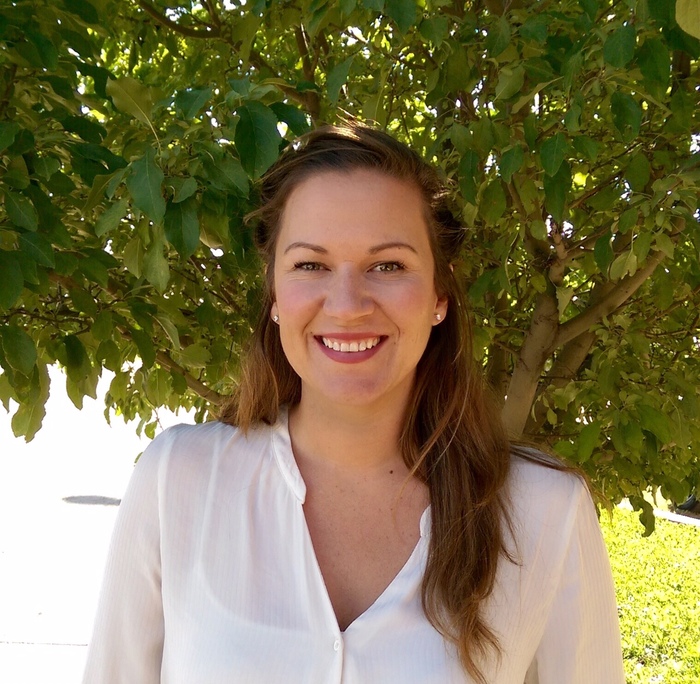September 23, 2015
Wilderness is the best lie detector

A cartoon came across my desktop (e.g. Facebook) a few days ago, asking disillusioned scientists to describe their research projects in two lines or less. My 6-year dissertation research on lie detection can be summed up like this: People are worse than chance at detecting lies. Lie detector machines are significantly better, but quite bulky. Seriously, people are just terrible at telling when people are lying.
While we usually associate lie detection with crime, it really has a more useful application: how can we really get at what our children are thinking, feeling, and doing when they are often desperately trying to hide from us? We think we know when kids are telling the truth, but decades of research tell us that our “gut sense” of truthfulness or deception is often simply wrong. Parents, teachers, and even the best therapists are left scratching their heads, trying to figure out fact from fiction. How about that famed “clinical sense” that therapists talk about? Or “mother’s intuition?” You would think we would really know those we know best—their “tells,” so to speak—but, guess what? They know us, too. They know what we want to hear, what will make the most sense to us, and they definitely know our blind spots.
Adolescence is that rare, sweet time when we think we really do know better than everyone, especially our parents. Teenagers are highly motivated to keep their lives secret—their comings and goings, what they’re up to, and who they’re hanging out with or dating. Some of that withdrawal is part of a healthy process of individuation—a desire to form an identity separate from parents who haven’t yet figured out how to let go. Sometimes, though, all those secrets serve to hide children from themselves, a process that can quickly become soul-sucking and damaging. And, while teenagers may ask for help in getting rides, money, and other favors, they rarely ask for help when they really need it—when they’re scared, sad, guilty, or desperate. I can’t remember a time when parents weren’t surprised or shocked by what we learned through their child’s participation in our program, and that’s okay—how are you supposed to know someone who is using all their power to not be known? We can’t install polygraph machines in our homes and offices, so what is left to those of us who parent or work with teenagers who we think are struggling and won’t talk about it?
The woods are magical in many ways, but there is no plant or animal out there that will make teenagers open up and divulge their secrets. Wilderness therapy offers a different kind of option for truth-seeking: time, energy, and lots and lots of observations. Teenagers can lie to themselves and us for a long time, but they can’t do it 24 hours a day without slipping up. The instructors and other kids will notice inconsistencies, and those inconsistencies will grow. And an even more powerful force is at work in the field: social pressure. Because the other kids in the group have faced the stark realities of their lives and lived to feel the incredible relief in sharing with others and admitting truth to themselves, they offer a lot of encouragement and support in helping newer or resistant group mates to open up. Kids who formerly put much of their energy into deftly escaping a tough question or even a good, hard look in the mirror are carried along in a wave of authenticity by their peers until they begin to paddle themselves and eventually propel others along. And, as much as I might joke about the magic of the woods, there is something about all that fresh, clean air and those beautiful vistas that make truth telling and soul searching much more appealing.
Even though I’ve been working in wilderness therapy since 2002 and as a therapist for 8 years, and I’ve spent the better part of my time out of the field researching lie detection, I’m no better than most at detecting deception in my first meetings with teenagers. I’ve learned to rely less heavily on my “gut” or “clinical” sense, but I have sharpened my observational skills. I make use of multiple sources of information—from parents, other professionals, group mates, and field instructors, as well as teenagers themselves—in order to put together a picture that represents what is “really going on” with a teenager. Only when we have a clear picture of a teenager’s inner world can we really know how to help them. We don’t need a polygraph test or lie detector; we just need time, the woods, and a lot of well-trained eyes.



